Loyalty programs: how shops heat up customer interest
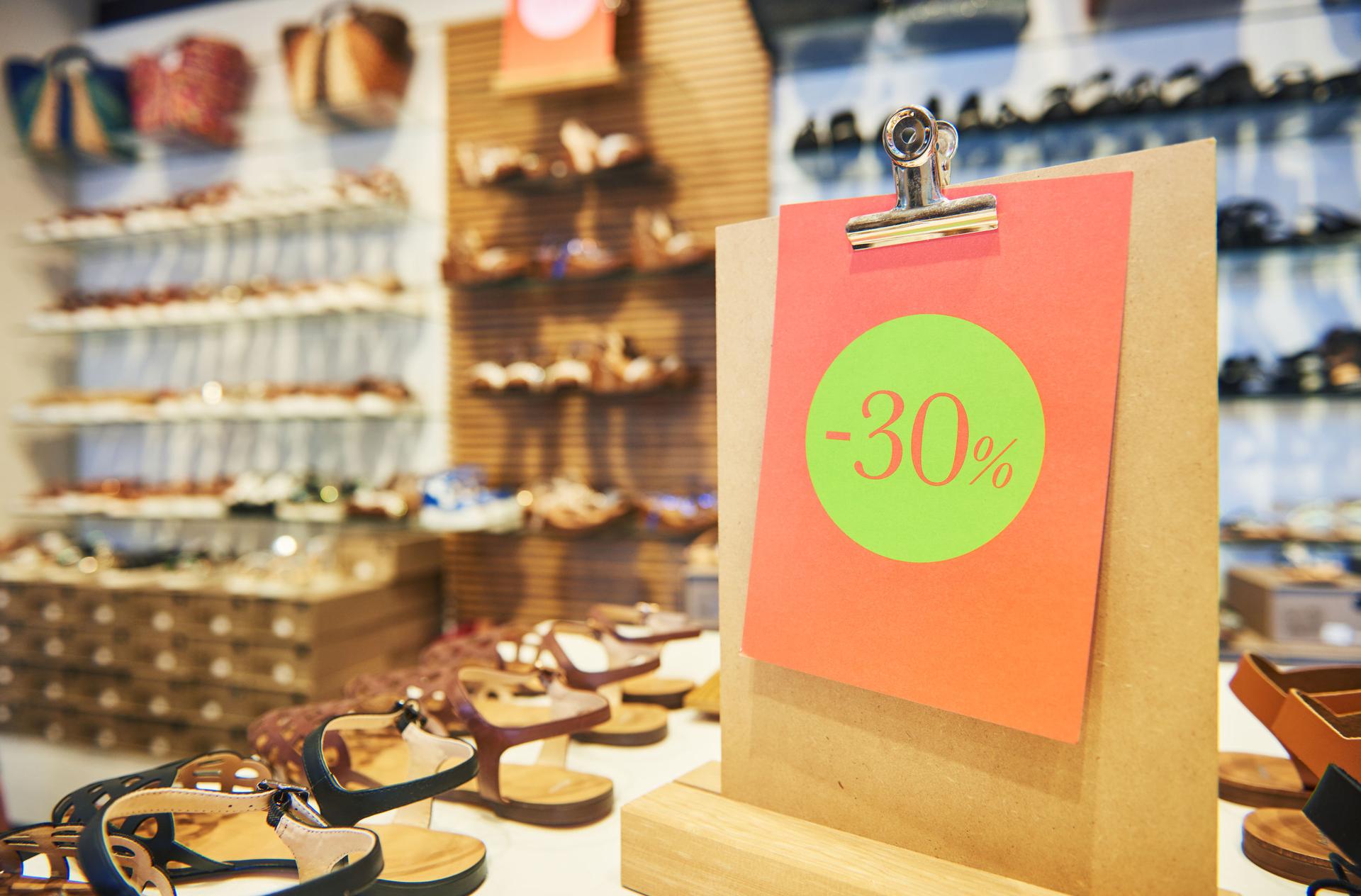
According to a 2015 Colloquy Customer Loyalty Census survey , on average, Americans are registered in 29 different loyalty programs. But actually they use - they accumulate or spend points during the year - only 12 of them. It turns out that companies often waste money on organizing and supporting loyalty programs: there is no stimulation of sales growth, and customers do not receive any benefits.
HubSpot, a software development company for marketers, has published a list of 7 really working loyalty program models on its blog . We present to your attention an adapted version of this material.
Simple point system
The most common model of loyalty program - customers who often make purchases earn points, which can be converted into some kind of reward. This may be a discount, a free product, special opportunities not available to other customers - the main thing is that in order to receive an award you need to earn a certain number of points.
')
Despite the fact that everything sounds quite simple, in reality, creating links between virtual points and real awards is far from a painless process.
As a result, you can often observe schemes like “14 points equal the dollar, and twenty“ dollars ”is a 50% discount for the next purchase in April, which is extremely difficult to deal with.
In order for buyers to truly use the loyalty program, it is necessary to make the links between points and awards as simple and intuitive as possible. It must be remembered that such a loyalty program format is suitable only for businesses that sell consumer goods, which can be bought frequently.
Example: Boloco Restaurant Cards
The American restaurant chain Boloco, famous for its burritos, gives customers special cards with which you can track all purchases. Every 50 dollars spent brings a free dish. There is no difference what the visitor wants - a huge burrito or a small smoothie. This, as well as the fact that points are real dollars, makes it easier to understand a program that is in high demand.
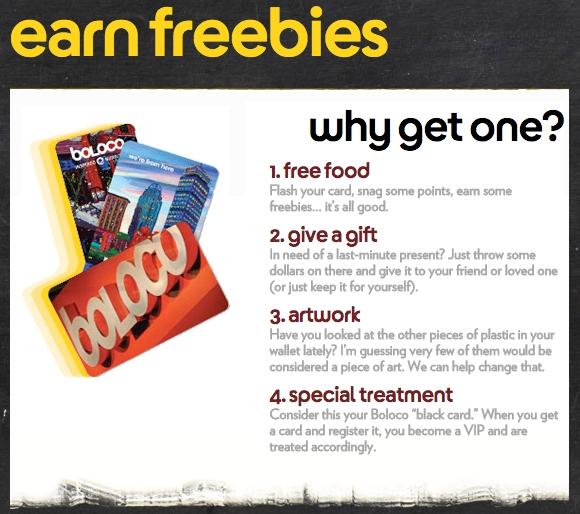
Multi-level system to stimulate repeat purchases
Finding a balance between a reward that is really achievable and desirable for a client is not an easy task. To solve it, multi-level loyalty systems are used that encourage customers to make more purchases.
It works like this - in the beginning, a small gift is given to the client for joining the program, subsequent purchases allow him to go to the next level, where the value of prizes increases. This avoids a situation where users forget about the accumulated points and do not use them, because the time between the first purchase and the opportunity to receive a reward is too long.
The main difference with the usual point system here is the ability to extract short-term benefits from the loyalty program. This model works best for companies that do not sell the cheapest goods and services - for example, airlines, hotel chains or insurance companies.
Example: Virgin Atlantic Passenger Club
In addition to the usual accumulation of miles, participation in the club passengers of the airline Virgin Atlantic allows its members to accumulate special points. After joining the club, the user is assigned the status of Club Red, which can then be changed to Club Silver and Club Gold.
- Club Red - users earn miles on flights and receive discounts on car rental, airport parking, hotel accommodation.
- Club Silver - at this level, users are credited with 30% of miles for flights, and they are also entitled to accelerated check-in for the flight and priority right to board the aircraft.
- Club Gold - holders of such status receive double miles for flights (60%), priority for boarding and access to exclusive airline business lounges where you can have a snack, drink and even go for a massage before the flight.
It does not look as easy as in the first case, so the company has developed a special table that allows you to easily figure out what benefits you can get from going to the next level.
The whole focus of such a loyalty program is to offer something tangible at the initial stage, and then to entice the buyer with the prospects of receiving a more significant reward. When the client returns and goes to the next level, he will understand that the “golden” status is quite reachable, and for this you should try, given the advantages offered.
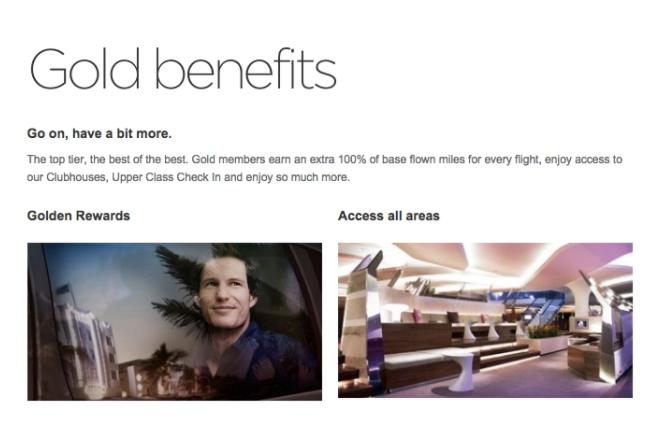
Advance payment for VIP privileges
In some cases, charging pre-payment for access to privileges may be justified, but for this, buyers must clearly understand what advantage this will give them. The company can study the main difficulties that customers face when working with it, and offer to solve them for a fee.
Such loyalty systems are well suited for companies that want to encourage regular shopping.
Example: Amazon Prime Free Shipping
According to a study of the 500 largest global companies, in the retail, travel and fashion sectors, the percentage of abandoned baskets reaches 75.6%. Often, users leave because of the "shock" that occurs after they are shown the final price of the goods with the addition of shipping costs and all taxes.
Amazon, the world's largest online retailer, is fighting this through a loyalty program. For $ 99 a year, the company allows you to subscribe to the Amazon Prime service, which includes free two-day delivery of any product purchased on the site.

This gives people who make purchases often a tangible advantage and ultimately saves on shipping. Despite the fact that it is not easy to recoup such a program - according to analysts , the company loses $ 1-2 billion a year at Amazon Prime - this allows you to work for the future. According to reports , Amazon Prime subscribers, on average, spend $ 1,500 on Amazon per year, while “regular” users spend only $ 625.
Intangible loyalty programs
To stimulate customer loyalty, it is important to understand what they find valuable in general. In some cases, people can see the value in something intangible. Thus, a loyalty program does not need to imply coupons and discounts.
Example: Patagonia's Common Threads Initiative
Patagonia is a manufacturer of clothing made from eco-materials, exploits the fact that not only points and discounts are important to its customers. Together with eBay in 2011, the company launched the Common Threads initiative. Its essence is simple - things Patagonia are very durable and difficult to wear, so if a customer wants to buy some new item of clothing, the old thing will have to be thrown away. To avoid this, they help him to resell goods using the Patagonia website.
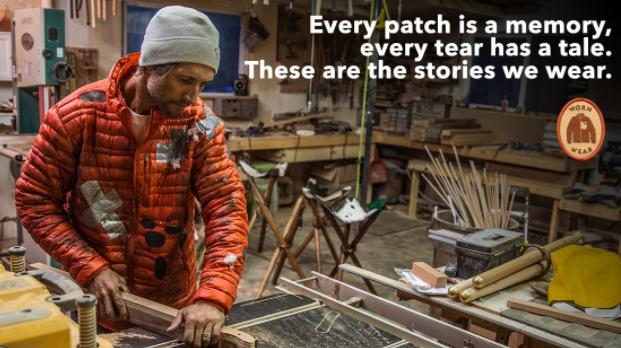
Two points are important here - firstly, the high quality of the clothing produced by the brand is emphasized, secondly, the brand acts in accordance with the wishes of the audience, which really worries about the fate of the environment and therefore buys its goods.
Partnerships with other brands to create combo offers
Strategic partnerships of various companies are often called coalition loyalty programs. This tool allows you to create combo offers that can be very effective in terms of increasing business performance. In order to choose partners for combining business, it explores the values of customers in order to understand exactly what they lack.
For example, a pet food manufacturer can organize a partnership with a veterinary clinic to develop offers that will benefit both businesses and customers.
Example: American Express Plenti
The American payment system American Express in 2015 launched the Plenti program, in which users can combine privileges from various partners of the company - from retailers like Macy's to mobile providers (AT & T) and online streaming services (Hulu).
Plenti members earn points for making purchases from American Express partners, and the loyalty cards of each specific store are tied to a common Plenti account. As a result, the points earned for renting a car from Enterprise can be spent on paying AT & T phone bills. It is very convenient for customers, and for the participating brands of the program it allows to expand the potential audience.
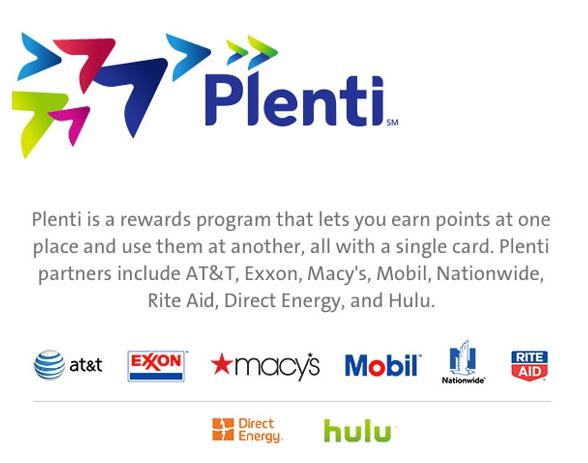
Program game
Another interesting way to organize a loyalty program is to turn it into a game that encourages repeat purchases. This is not the simplest model - it is necessary to envisage a lot of points, from the right emotional perception by users to the elaboration of all legal moments. However, if implemented correctly, such programs can work very well.
Example: GrubHub's game Yummy Rumm
GrubHub - online store for ordering food with delivery. Since 2011, the company has been successfully carrying out the Yummy Rummy loyalty program. The idea is simple - the user must make three orders for GrubHub, regardless of the amount spent, then he is given a chance to play a game in which you can win various free prizes. The player must choose one of four cards - the chance to get a free dessert, drink, coupon on GrubHub or something else is 25%.

Stimulating the lack of loyalty program
Today in the US, the vast majority of businesses have loyalty programs. So, to stand out from the gray mass, you can refuse such programs at all! Such an approach can be extremely effective for companies that sell something unique or products of very high quality.
Example: Apple
Even the most loyal and loyal Apple fans never get any discounts or other privileges from the company. The company relies on high-quality products and good service in order to win new customers without attempting artificial stimulation.
How it works in Russia
Several types of loyalty systems are common on the Russian market:
- discount system - based on the provision of discounts on purchases for the client;
bonus (point) system - based on the accrual of points and their subsequent conversion into benefit for the buyer; - cashback - in this case, customers in one form or another return a portion of the money spent;
- coupon - buyers receive personalized coupons offering discounts on certain products.
These models of loyalty programs have gained great popularity due to ease of implementation. Each of them caught on in certain segments of the market. For example, discount loyalty programs are more in demand in grocery stores of various formats, and bonus schemes prefer to use retail outlets related to the non-food segment. Coupon is also accustomed to the catering (especially in fast food restaurants).
This is logical - it is advantageous for grocery stores to provide customers with direct discounts on goods, since they make a purchasing decision on the basis of cost very quickly and the convenience of the store location and the final cost of goods have a significant impact on it.
In turn, introducing a gamified loyalty system is a much more difficult project. If the game mechanic is badly thought out and fails, the growth of business indicators will not happen and the implementation project will be unprofitable.
At Pilot, we have developed the Profi-T cash program and it has a built-in loyalty point system - the solution allows you to apply the loyalty program separately for each store and for the entire retail network. About the implementation of loyalty systems, we described in detail in this material .
How to evaluate the effectiveness of the loyalty program
Various approaches are used to evaluate the effectiveness of loyalty programs, however, there are a number of common metrics that help assess.
Customer return rate
This indicator allows you to understand how long customers stay with the company. The introduction of a successful loyalty program should help increase these numbers - the more participants in the loyalty program, the higher the average. According to the author of the book Loyalty Effect (Loyalty Effect) Fred Reheld (Fred Reichheld), the increase in the return rate by 5% results in a 25-100% increase in the company's profit.
Negative outflow
The outflow rate indicates how many customers the company lost. In turn, a negative outflow is a metric that describes customers who, on the contrary, bought additional goods and services or switched to a more expensive tariff plan.
These figures help to understand the real situation and compensate for the indicators of natural outflow, which can not be avoided in any business. This metric is important for evaluating the effectiveness of multi-level loyalty programs.
NPS Consumer Loyalty Index
NPS shows the level of user satisfaction on a scale from 1 to 10 - this is the degree of probability that a person will recommend the company to someone else. The index is calculated by subtracting the percentage of critics of the brand (detractors - those who would not recommend the company) from the percentage of supporters (promoters - people who are willing to recommend it).
The less critics, the better. A good indicator of NPS are numbers over 70%.
Customer Evaluation
Indicator CES (Customer Effort Score) allows you to understand how difficult it was for them to solve their problem with the help of the company. Some people think that this metric is preferable to NPS, since it is formed on the basis of real customer experience, and not emotional evaluations.
Source: https://habr.com/ru/post/328390/
All Articles